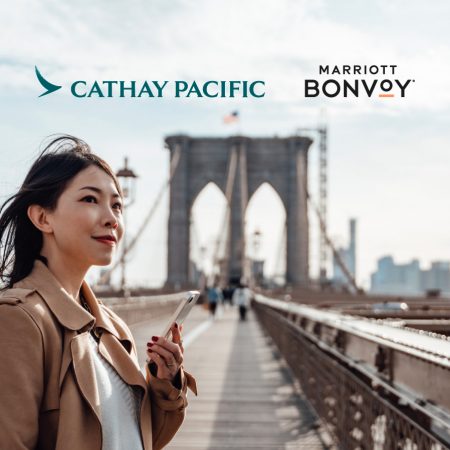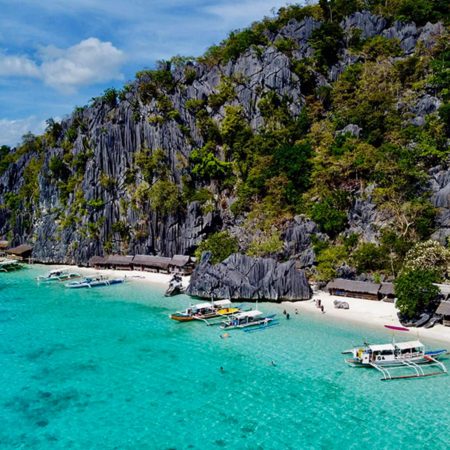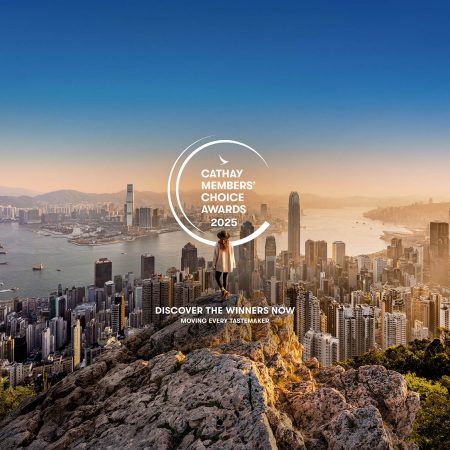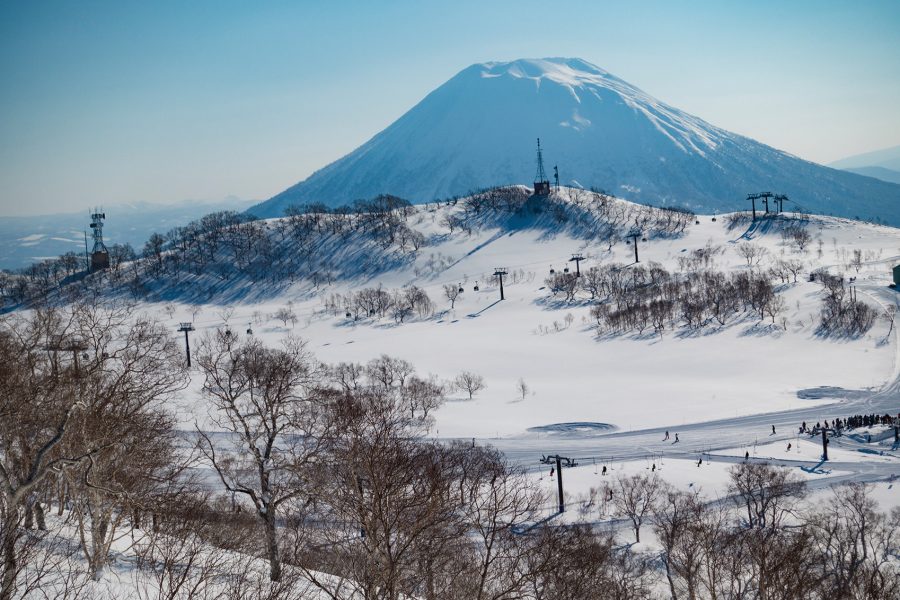Après-ski – the dining, drinking, revelry and relaxing that follows a day on the slopes – is essential to any snow holiday. And while winding down from skiing in Europe will see you slicing the cheese and pouring glühwein, in Japan they do things differently. You’ll slurp down hot soup curries, soak in the onsen and, perhaps, warble through a ballad or two at karaoke with a cold beer or a glass of whisky, before doing it all again the next evening.
“Japanese après-ski emphasises relaxation, cultural immersion and exceptional cuisine,” says Charlie Cohn of SnowLocals , a ski and snowboarding company that has offered custom snow tours across Japan since 2012.
Here’s your ultimate guide to Japanese après-ski culture, or afutāsukī.
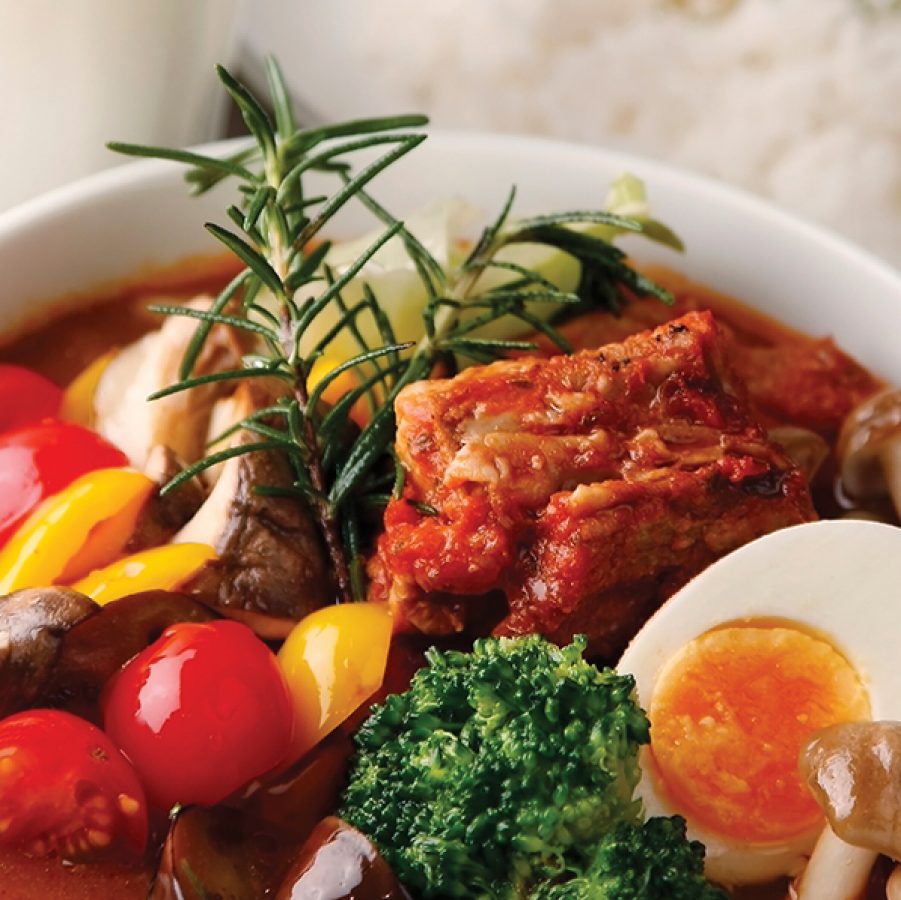
Credit: K3/Getty Images
Soup curry
Sapporo’s signature soup curries pack a punch, with as many as 30 spices added to a chicken or vegetable stock, which is then boosted with meat and an assortment of vegetables and served with a bowl of rice. Every shop has their own unique twist – but all of them will warm you to your toes.
At Sama , a rich coconut base adds sweetness and depth to its soups. Chaos Heaven is known for their unique Hokkaido-milk-based broths and bold flavours.
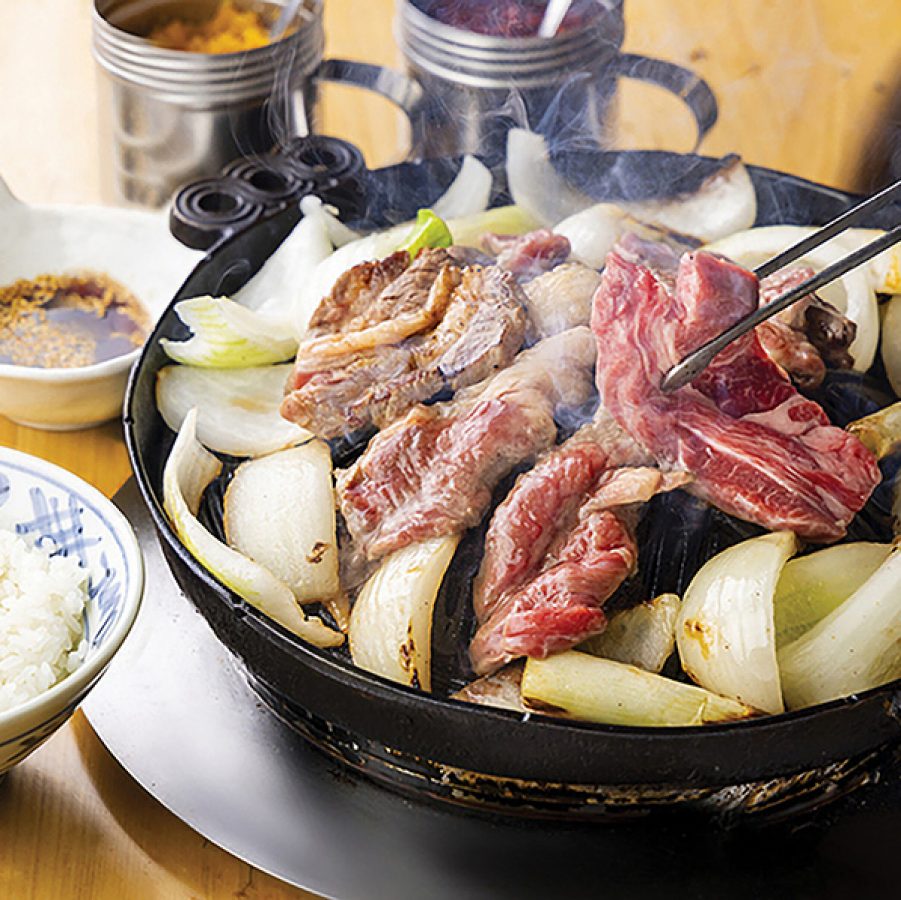
Jingisukan
This famed yakiniku dish is inspired by Mongolian grilled cuisine – and named after Genghis Khan. In restaurants across Hokkaido, convex grills sizzle with marbled lamb and mutton as vegetables cook in the drippings. Depending on which city you’re in, meat is either pre-marinated or dipped in a soy-based sauce post-grilling. Hokkaido’s many sheep farms make lamb a mainstay here.
Daruma Honten ’s traditional recipes date back to the 1950s, while Sanroku Jingisukan ’s service as high-quality as the top-tier beef it serves – cut fresh by hand daily. Meanwhile, while over at Sapporo Biergarten , the main draw is its all-you-can-eat jingisukan in its beer hall.
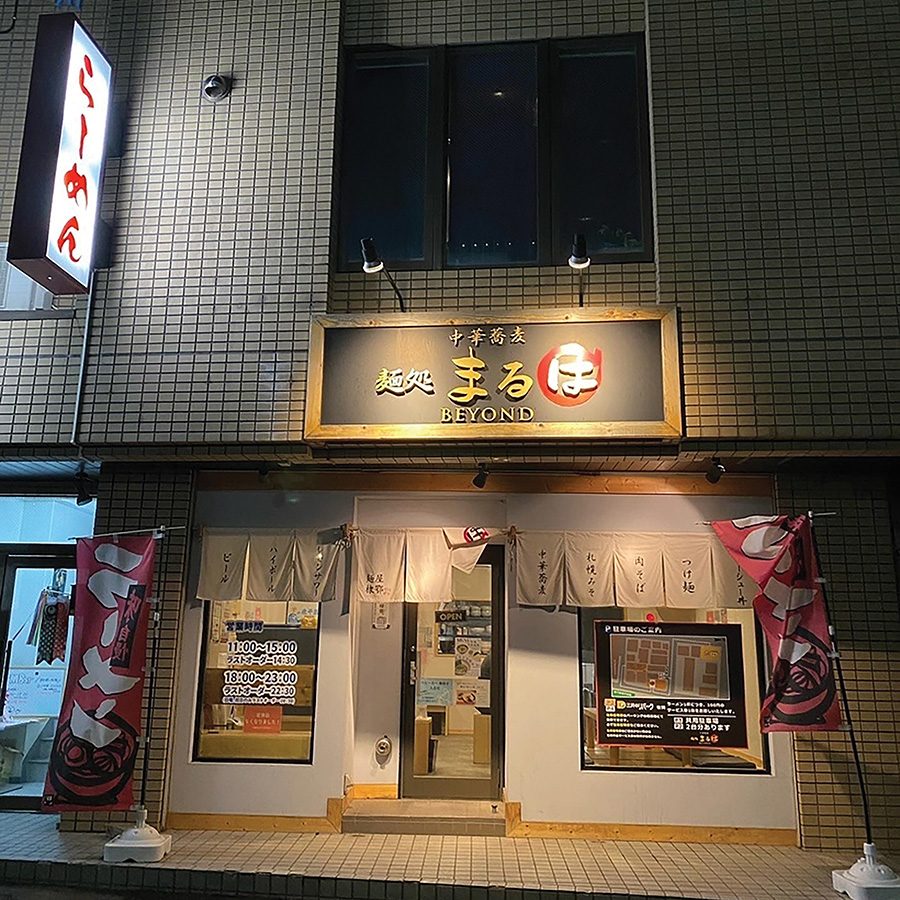
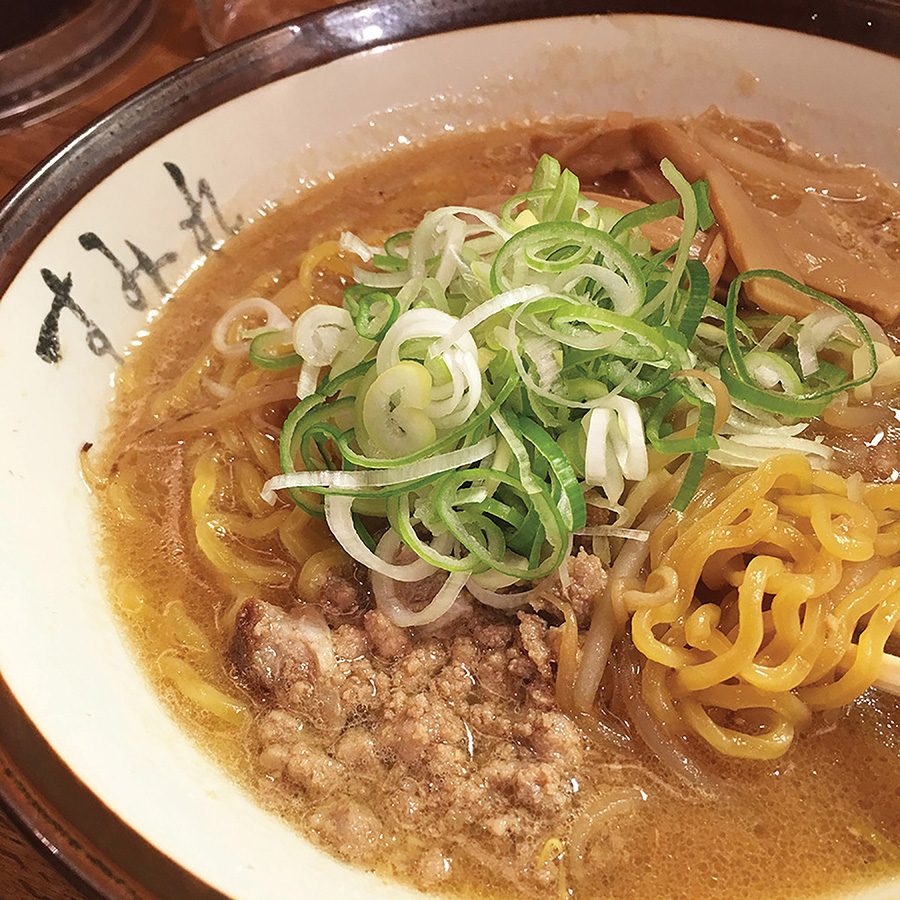
All the ramen
Hokkaido is home to several famed ramen styles. Try Sapporo’s miso-based ramen, which features a rich, hearty broth often topped with sweetcorn, butter, bean sprouts, pork and garlic.
In Asahikawa, shoyu ramen is the order of the day: bones simmered in soy sauce impart a darker brown hue and rich flavour to soups. Meanwhile Hakodate’s shio – or salt – ramen is a lighter alternative to heavy pork bone broths, with a clear golden soup made from chicken bones.
Craving rich miso ramen? Sumire ’s recipes have been handed down over generations. Or if you’re in the mood for an adventurous twist, try Maruha Beyond ’s moreish shoyu-based dishes.
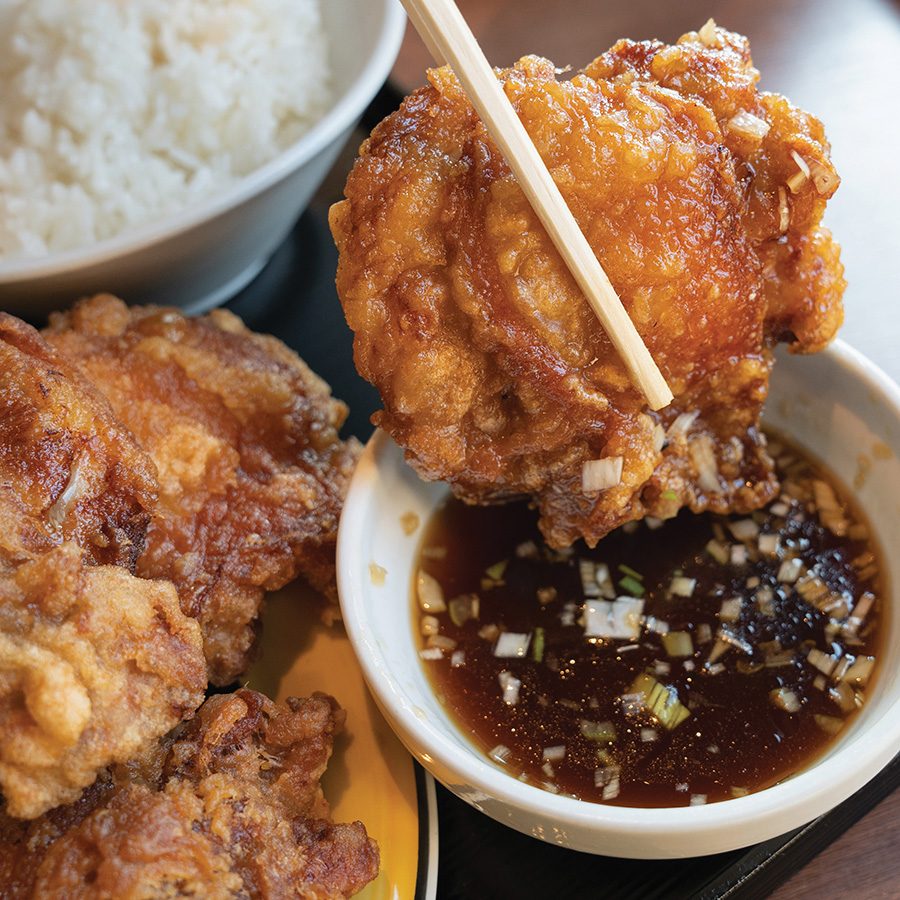
Credit: okimo/Getty Images
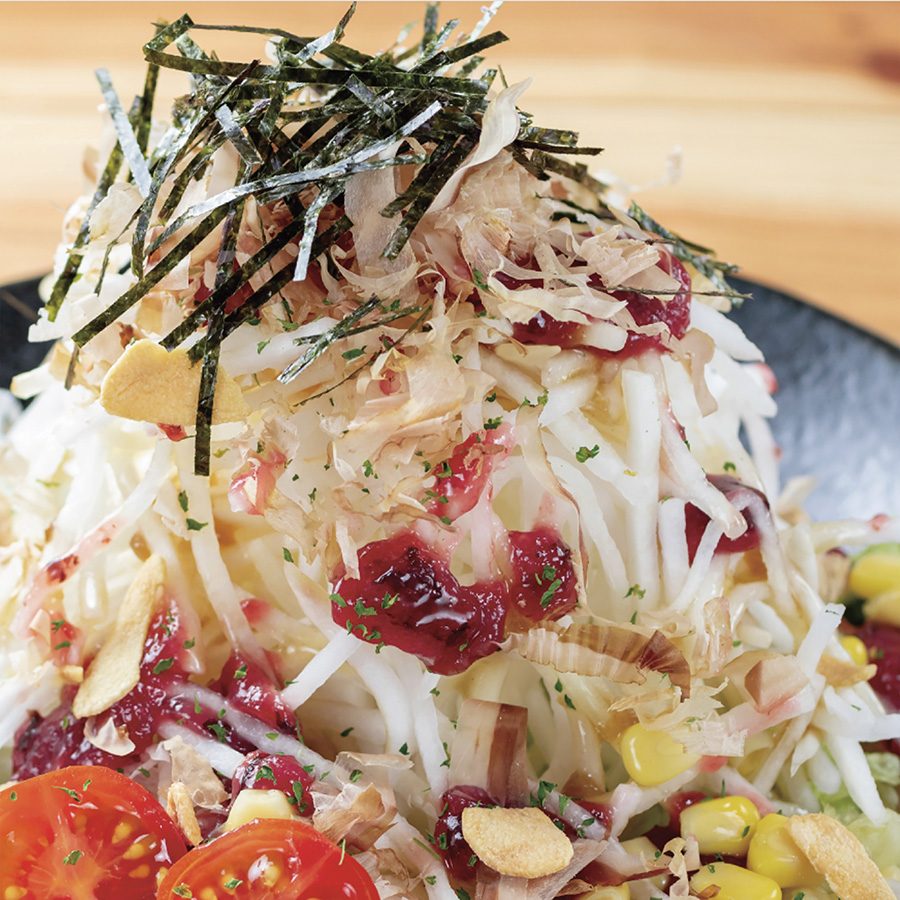
Zangi
Unique to Hokkaido prefecture, zangi is an umami-rich take on classic fried chicken. Chicken is marinated in the restaurant’s own recipe, normally based on soy sauce, garlic and ginger, before being battered and deep fried. It’s the perfect comfort food after a day on the slopes. At some restaurants, steak, seafood and vegetables get the zangi treatment too.
For lemon sours and 30 different types of zangi, visit Zangi Ichiban . To sample izakaya comforts and 48-hour marinated zangi, head to Sumibi Izakaya .
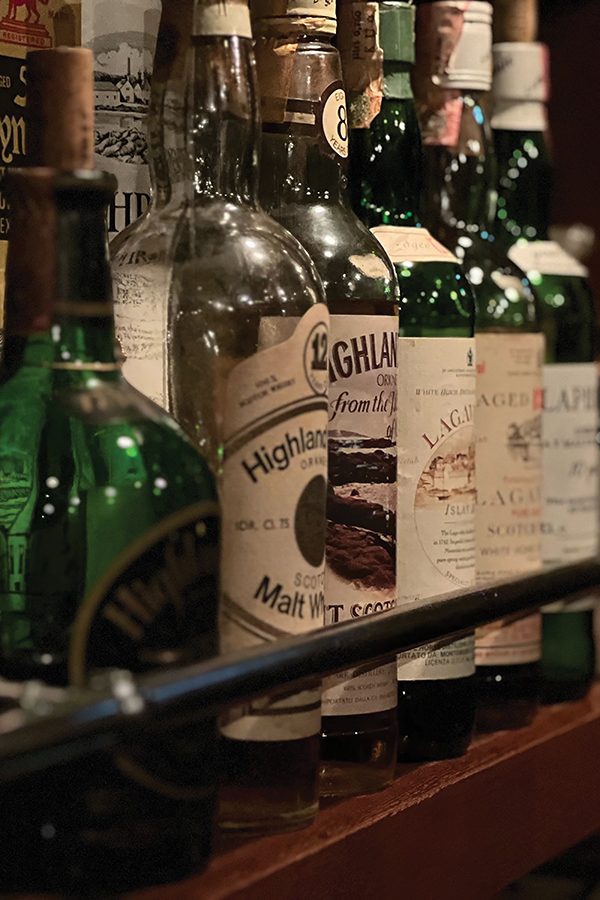
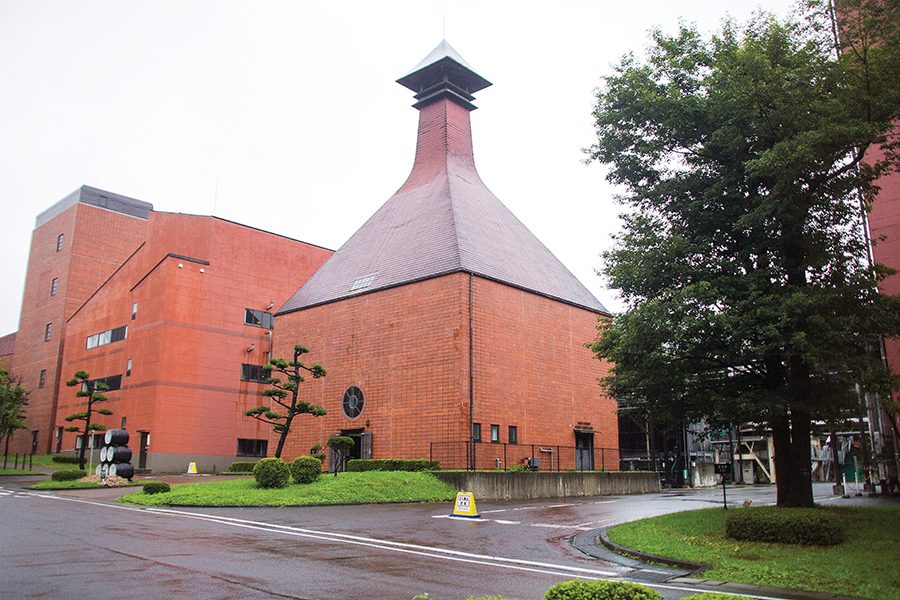
Credit: kitchakron/Getty Images
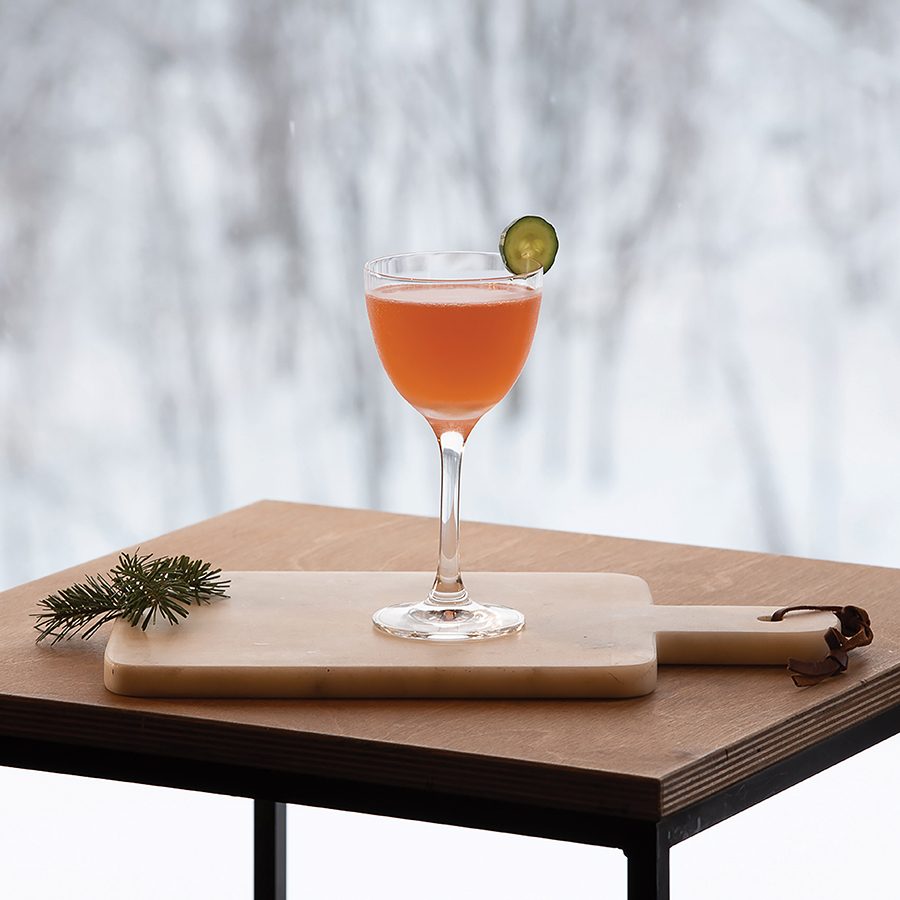
Whisky business
Masataka Taketsuru, the grandfather of Japanese whisky and founder of Nikka Whisky , was born and raised in Hokkaido – so it’s no surprise that the prefecture continues to honour his contributions.
The Bow Bar is the ultimate collector’s paradise, with rare bottles of scotch on offer from wall-to-wall. Embark on a whisky flight within the cosy and intimate interiors of The Nikka Bar and sample Taketsuru’s own creations. Another top pick in Rusutsu is Main Bar Obrist for its cosy atmosphere and excellent whisky. For craft cocktails, seasonal watering hole Bar Gyu+ in Niseko known for its unique entrance through a fridge door, amazing cocktails and extensive whisky collection.
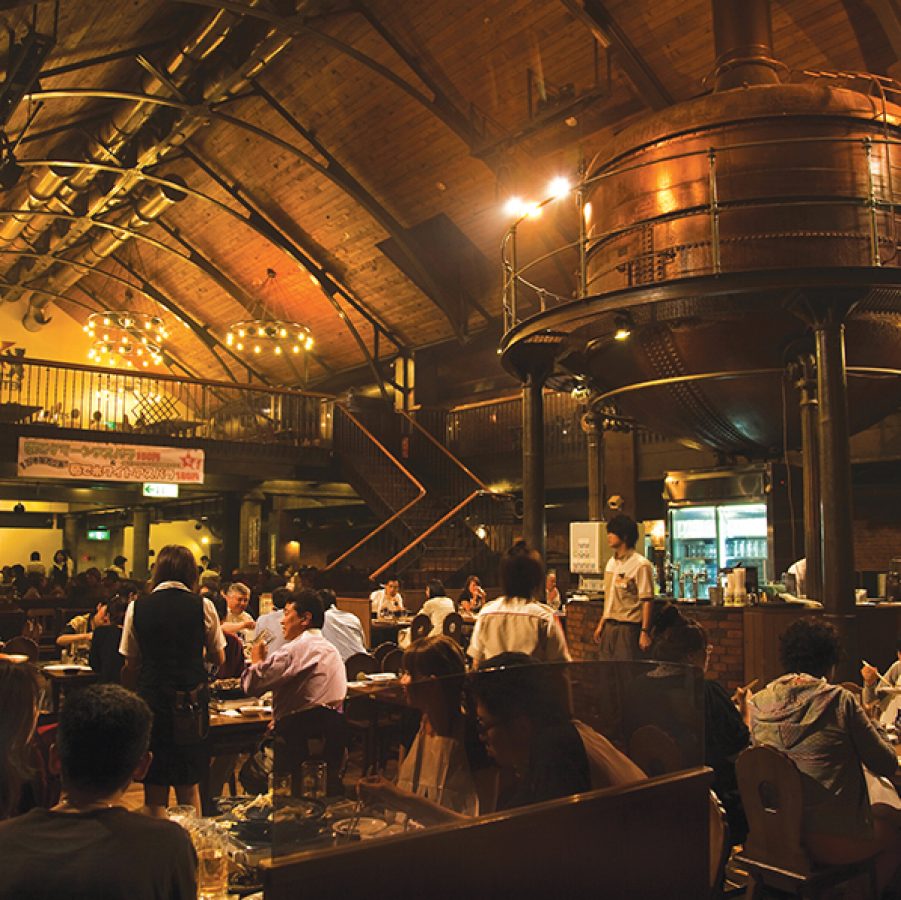
Credit: John S Lander/Getty Images
Beer necessities
As its namesake brand suggests, there’s a thriving beer scene in Sapporo. Head to the Sapporo Beer Museum or its brewery on the outskirts of town to learn about the iconic label. Both have restaurants onsite where you can grab a pint of Sapporo Classic, a special pilsner only sold in Hokkaido that’s designed to be paired with the prefecture’s rich, filling food.
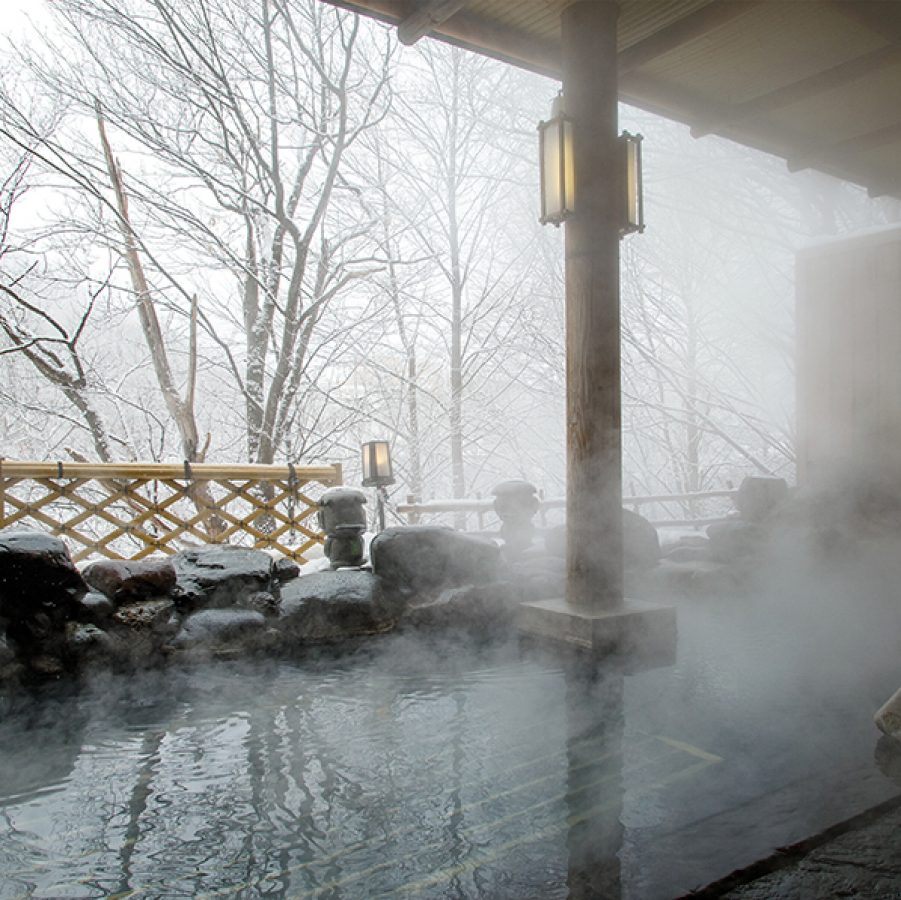
Baths and bodyworks
The onsen experience is a cornerstone of après-ski culture in Japan, and Hokkaido’s abundant hot springs afford endless options for a rejuvenating soak after a day of skiing.
Many hotels in Hokkaido have their own onsen facilities, where you can soak in the warm, mineral-rich waters. The most luxurious ones, such as Higashiyama Niseko Village, a Ritz-Carlton Reserve, have outdoor pools, often with amazing mountain views.
Just an hour from downtown Sapporo, you’ll find picturesque Jozankei , a ravine town famed for its onsen resorts and views of Shikotsu-Toya National Park. Farther south, you’ll find Noboribetsu , where you’ll soak in Hokkaido’s most famous onsen waters while pondering the stone demon statues that decorate the city centre.
A tip from Cohn: “On the way back to your hotel room, grab an ice-cold Sapporo Classic from an onsen vending machine.”
Snow and song
After a day on the slopes, swap powder for power ballads in a private karaoke room: you’ll find plentiful venues across Hokkaido. Your body’s worn out: now give your vocal chords a workout too.
More inspiration
Sapporo travel information
- China – the Chinese Mainland, Hong Kong SAR, Macao SAR and Taiwan Region
- Hong Kong SAR - English
- Chinese Mainland (China) - English
- Taiwan, China - English
- 香港特別行政區 - 繁體中文
- 中国內地 - 简体中文
- 中國台灣 - 繁體中文
- Africa
- South Africa - English
- Asia
- Bangladesh - English
- Korea - English
- Singapore - English
- Cambodia - English
- 한국 - 한국어
- Sri Lanka - English
- India - English
- Malaysia - English
- Thailand - English
- Indonesia - English
- Maldives - English
- ประเทศไทย - ภาษาไทย
- Indonesia - Bahasa Indonesia
- Myanmar - English
- Vietnam - English
- Japan - English
- Nepal - English
- Việt Nam - tiếng Việt
- 日本 - 日本語
- Philippines - English
- Australasia
- Australia - English
- New Zealand - English
